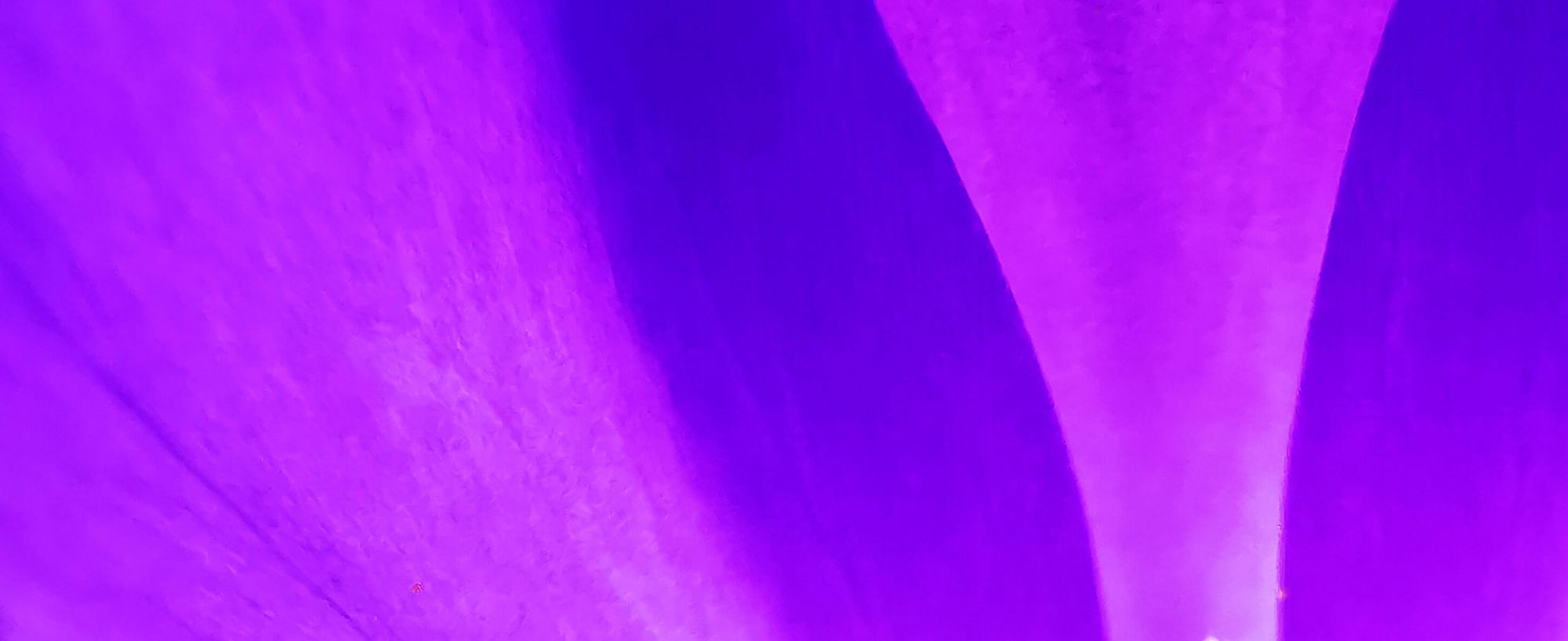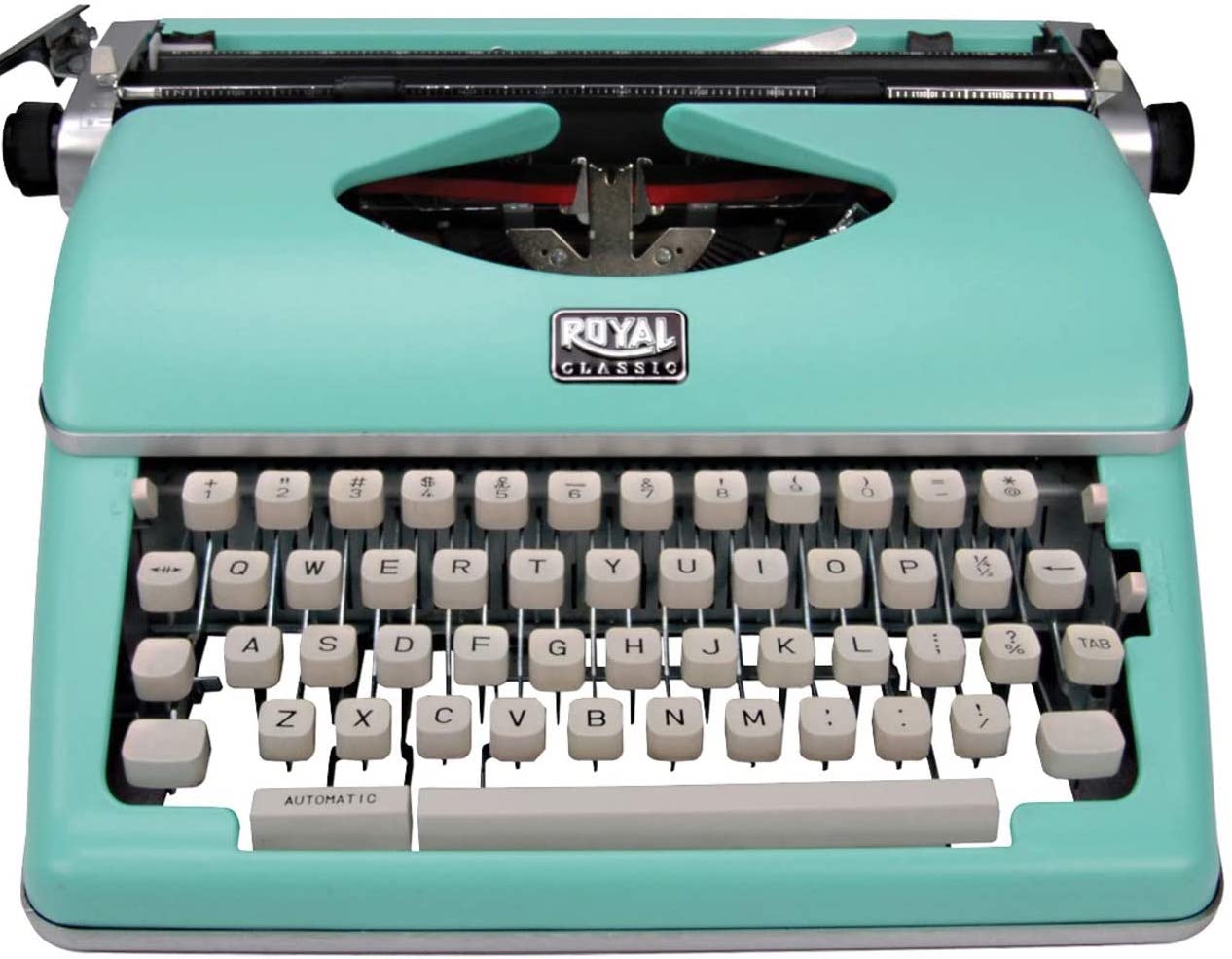The Renaissance (French for “rebirth”) was an era of cultural transformation that blossomed in Italy and spread throughout Europe during the 14th to 16th centuries. Numerous societal shifts contributed to the movement, including a renewed interest and investment in the arts and sciences, the Reformation of the Christian Church, and the increased use of the printing press.
Many Renaissance thinkers and creators returned to Classical Greco-Roman aesthetics and ideals, including a preference for artistic realism. They reinvigorated the Classical philosophy of humanism, which focuses on the investigation of human nature and virtue, as well as our place in the universe.
As Renaissance artists grappled with existential questions, their creative process often combined studies in art, science, math, philosophy, and religion. Artists relied on observation to depict anatomy and nature realistically, while also striving to portray emotion and divinity.
The High Renaissance, which occurred between the late 15th century and early 16th century, was a pinnacle of post-medieval European art. This period saw the creation of stunning works like Michelangelo’s “Pietà” and Leonardo da Vinci’s “Mona Lisa.” The term “Renaissance man” arose from these revered artists' multitalent, or polymath, attributes. Of course, there were women artists, too, but they were generally forbidden from studying with men, and their works were vastly undervalued — a deficit some art historians have since worked to repair.
Throughout the Renaissance, art was uplifted as a crucial vehicle of inquiry, and a vessel for wisdom. In these 9 quotes, artists from this era of great change share their views on creativity and inspiration.
Human subtlety…will never devise an invention more beautiful, more simple, or more direct than does nature because, in her inventions, nothing is lacking, and nothing is superfluous.Leonardo da Vinci
Leonardo da Vinci was a star of the High Renaissance, and he remains one of the most celebrated Western artists to date. Apart from his masterful paintings, he is known for his tireless curiosity and meticulous hand-drawn documentation of anatomy, flora, and fauna, feats of engineering, the nature of flight, and other wonders of existence.
The painter must always seek the essence of things; always represent the essential characteristics and emotions of the person he is paintingTitian
Titian (Tiziano Vecelli) was a key painter of the Venetian School, a cadre of Renaissance artists in Venice known for their focus on humanism and realism. His works were commissioned by several kings as well as Pope Paul III.
When one is painting one does not think.Raphael
Raphael (Raffaello Sanzo) was an artist and architect, and a foremost master of the Renaissance, along with Da Vinci and Michelangelo. He created a wealth of works in multiple mediums, several of which were commissioned for the walls of the Vatican, including one of his key masterpieces, “The School of Athens.”
A woman’s name raises doubts until her work is seen… I will show your illustrious lordship what a woman can do.Artemisia Gentileschi
Artemisia Gentileschi was a late-Renaissance artist and the daughter of painter Orazio Gentileschi. Unlike many women of the era, she had an inside track to the art world because she could access her father’s studio and connections. She was the first woman to attend the esteemed Accademia del Disegno in Florence, and her works were commissioned by many royal households.
I saw the angel and carved until I set him free.Michelangelo
Michelangelo Buonarroti was a prolific artist, architect, and quintessential Renaissance man, well known for his emotionally rich and lifelike marble sculptures, the painting of the Sistine Chapel, and architectural contributions.
I hold the imitation of color to be the greatest difficulty of art.El Greco
Domenikos Theotokopoulos, better known as El Greco or, “the Greek,” became a prominent figure of the Renaissance in Spain. His signature style employed expressive color and elongated figures, in a break from the focus on realism many Renaissance masters embraced.
What beauty is, I know not, though it adheres to many things.Albrecht Dürer
German artist Albrecht Dürer created incredibly intricate engravings and woodcuts, and is credited with elevating printmaking into a fine art. He also made paintings and altarpieces, and was the official court artist for several monarchs.
Beautiful colors can be bought in the shops on the Rialto, but good drawing can only be bought from the casket of the artist's talent with patient study and nights without sleep.— Tintoretto
Tintoretto, or Jacopo Robusti, was a painter who explored surprising compositions and dramatic perspectives in his works, which often portrayed religious and mythological scenes.
I think that anyone who will take the trouble to consider the matter carefully will arrive at the same conclusion as I have -- that art owes its origin to nature, herself.Giorgio Vasari
Giorgio Vasari was a painter, architect, and art historian who chronicled the work of his peers, including his friend Michelangelo. While his writings are now better known than his creations, he made significant contributions to Renaissance culture, such as designing the structure of the Uffizi Gallery in Florence.
Photo credit: Philole-g Alive/ Pexels
















